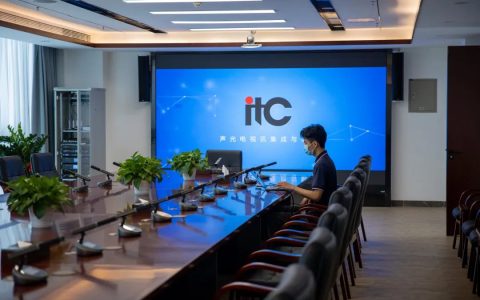The use environment requirements for an LED display utilized in outdoor advertising are substantially greater than for typical displays. Due to the varied environment, outdoor LED displays are frequently affected by high temperatures, typhoons, rainstorms, lightning, and other poor weather. What precautions can we take to keep the display safe in bad weather?

Outdoor LED displays are generally larger, and as a result of the higher power consumption, the corresponding heat dissipation is also higher. When combined with the higher external temperature, if the heat dissipation problem is not addressed quickly, it is very likely to cause circuit board heating short circuit and other issues. Ensure that the display board is in good working order, and when building the housing, choose for a hollow design that promotes heat dissipation. When installing, ensure that the display has good air permeability and, if necessary, improve the heat dissipation equipment for the display, such as adding air conditioning or fans inside, to help the display cool.

The location of an outdoor LED display is various, as is the installation method; there are wall types, mosaic types, column types, hanging types, and so on. Then, during typhoon season, tight criteria for the load-bearing steel frame structure of the outdoor LED display are put in place to prevent the screen body from sliding off. The engineering unit must be built and placed in strict accordance with anti typhoon level criteria, while also having a seismic ability to ensure that the outside LED display does not fall off, causing injuries.

In the south, there are many rainy days, thus the LED display must have a high level of waterproof protection to avoid being eroded by moisture. In an outside application, the outdoor LED display should have an IP65 rating, the module should be sealed, a waterproof box should be used, and the module and box should be connected with a waterproof ring.



